Graves Without the Dead: How Israel Plants Fake Cemeteries to Erase Jerusalem’s Identity
On a hillside east of Al-Aqsa Mosque, in the heart of occupied Jerusalem, thousands of gravestones rise solemnly from the soil. But beneath many of them lies... nothing.
These are not ordinary graves. They are phantom burials, empty, cement-filled plots implanted by Israeli authorities across strategic parts of Jerusalem under the guise of historical Jewish cemeteries. Known locally as "al-qubūr al-wahmiyyah" (fake graves), they carry Hebrew inscriptions and fabricated names, yet contain no human remains.
Since 1978, the Israeli government, backed by settler organisations and official institutions such as the Ministry of Religious Services and the so-called Israel Antiquities Authority, has been systematically planting these false burial sites. The project began in Silwan, the southern extension of Al-Aqsa and a critical front line in the city's demographic and religious struggle. From there, it spread across other Palestinian areas, especially around the Old City, engulfing Islamic landmarks and choking Christian and Muslim neighbourhoods with an artificial layer of Jewish symbolism.
A Cemetery Without Corpses
The process is disturbingly clinical: a shallow hole of about 35 cm deep and 40 cm wide is dug. Iron rods are inserted, topped with reinforced concrete, and finally a weathered-looking gravestone is placed, often imported from elsewhere to give it an aura of antiquity. Some tombstones are marked with religious phrases or symbols like the Star of David or an alleged emblem of the "Temple". Many even claim, "This is a sacred site… a Jewish cemetery."
But these are no sanctuaries of the deceased. According to Mustafa Abu Zahra, head of the Committee for Islamic Cemeteries in Jerusalem, these lands are historically documented as waqf, Islamic endowments. Yet under the shadow of night, Israeli authorities pour concrete into land once sacred to Muslims, using modern materials like polyester to ensure the graves’ permanence.
The deception doesn’t stop there. Any Jew worldwide can purchase one of these empty graves, claiming heritage over land their ancestors never touched.
History Rewritten, Geography Reclaimed
The intention behind this policy is clear: it’s not about memory or mourning. It’s a strategy of territorial conquest, carried out not with tanks, but with tombstones.
By fabricating graveyards:
• Israel lays claim to waqf lands and privately-owned Palestinian property.
• Cuts off urban expansion for Palestinian families.
• Encircles Al-Aqsa Mosque with settler symbols.
• Distorts Jerusalem’s Islamic and Arab visual identity, replacing it with Zionist imagery.
• Forces Palestinians out of their homes, block by block, grave by grave.
The evidence is staggering. More than 13,000 fake graves have been recorded across Jerusalem since 1978 nearly a third of them in Silwan alone. These are not mere markers of death, but tools of erasure, designed to rewrite Jerusalem’s living history.
A War of Symbols: Silwan and Beyond
In Wadi al-Rababa, part of the Silwan neighbourhood, Israeli bulldozers dig where Palestinians live, declaring their homes built atop ancient Jewish graves. Yet residents say no remains have ever been found. Instead, these claims are used to demolish homes and fence off land.
In Jabal al-Zaytoun (Mount of Olives), a key battleground in this symbolic war, Israeli authorities have filled the slopes with tens of thousands of empty graves. The area, just across from Al-Aqsa, is now branded the “world’s most important Jewish cemetery.” Some settlers believe those buried there will be resurrected first on the Day of Judgment and that the shofar (ram’s horn) will sound from its peaks.
In the shadow of the northern wall of Al-Aqsa Mosque, Israeli authorities have planted fake graves across the slopes of Wadi Qadron, a valley also known in Arabic as Wadi Jahannam (Valley of Hell). This area, steeped in Islamic history and nestled between sacred landmarks, has become yet another focal point in the struggle over Jerusalem’s identity.
Israeli narratives claim that this valley is the final resting place of several prophets from the Children of Israel, pointing to sites such as Tantour Firʿawn (“Pharaoh’s Dome”) and the so-called Cemetery of the Prophets. But these claims, widely disputed and unsupported by verified archaeological evidence, are part of a broader effort to anchor a fabricated Jewish presence into Jerusalem’s sacred geography.
The valley's perceived significance in Zionist discourse stems from its proximity to the Jewish Quarter of the Old City and the eastern wall of what they refer to as the “Temple Mount”, a term they use for the site of Al-Aqsa Mosque. According to Jewish eschatological belief, this valley is thought to be the path through which the awaited “Messiah” will arrive at the End of Days.
Similarly, in the ruins of Deir Yasin, a Palestinian village once wiped off the map, Israel built a vertical cemetery, a $55 million project housing 25,000 fake graves stacked in four layers, complete with elevators.
Resisting the Grave
Palestinians respond not just with protests but with prayer. Every so often, they gather for Jumu‘ah prayers on lands threatened by confiscation, turning prayer into protest. Their message is simple: this land has a memory that no cement can bury.
Despite the aggression, despite the concrete, Jerusalem remembers. And so do its people.
Source : Al-Jazeera Arabic
More Related Articles
The Freedom Flotilla: Solidarity and Resistance in Gaza’s Crisis
Death in the Queue: Israel’s Targeting of Gaza’s Starving Civilians at Aid Sites
Axis of Resistance or Axis of Interest? Reflections on the Israel–Iran War
Disclaimer
The views expressed in this article are the author’s own and do not necessarily mirror Islamonweb’s editorial stance.

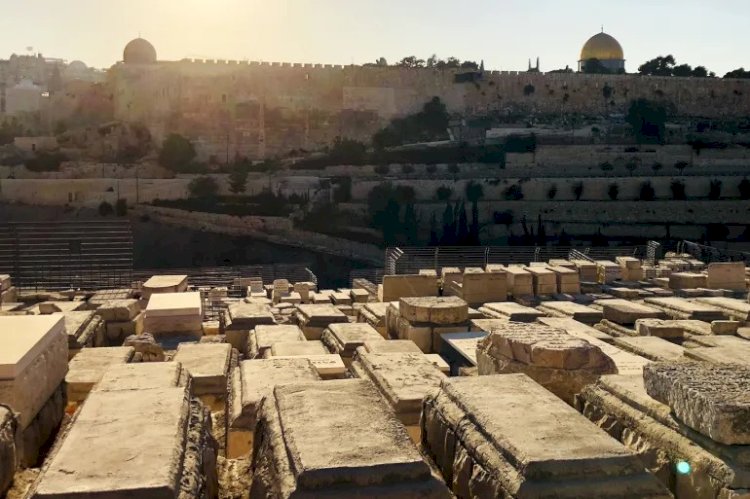


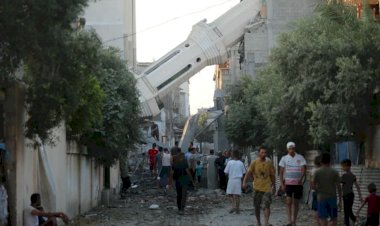

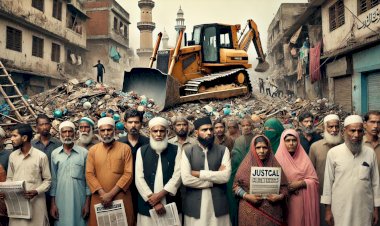
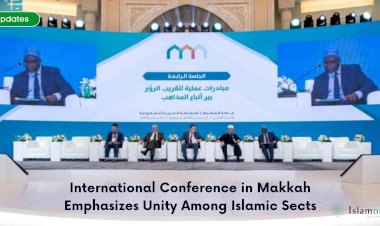
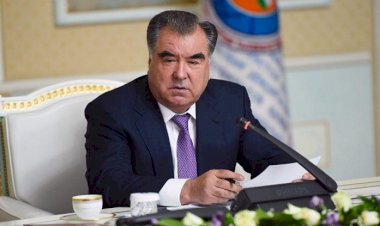











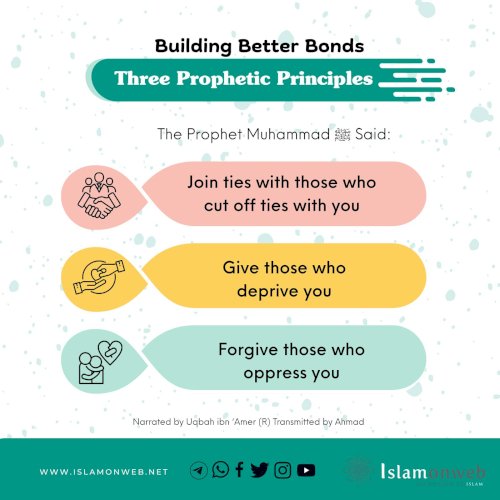

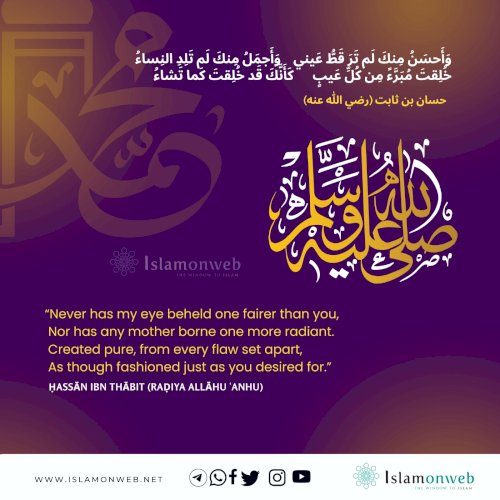
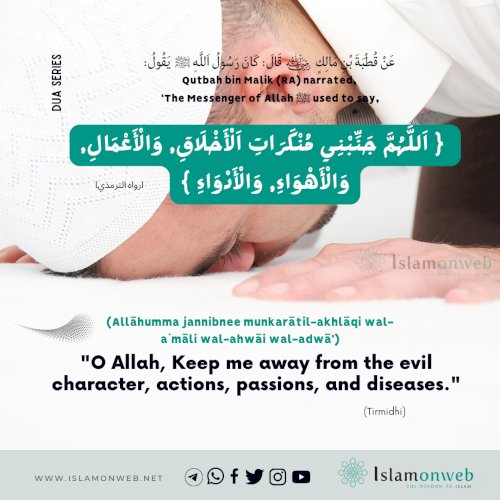
Leave A Comment